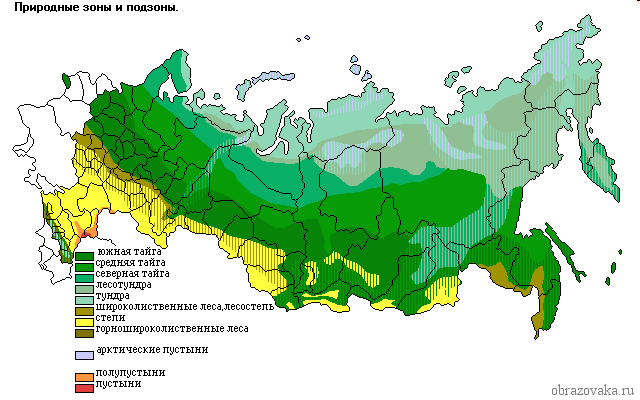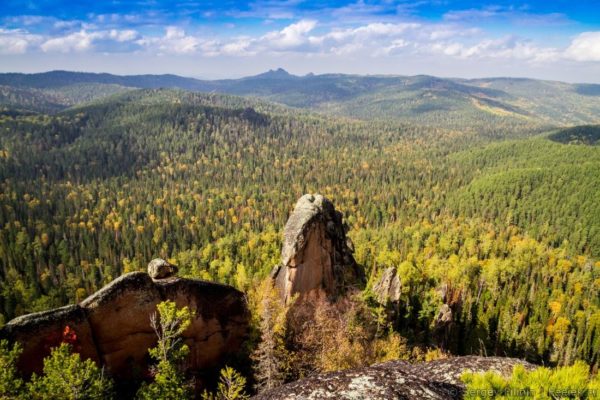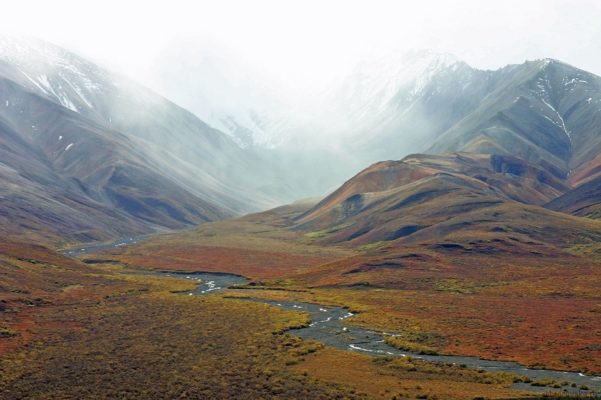Now, studying geography in the classroom, we have a lot of information: maps, diagrams, photographs. Back in the 19th century, knowledge about natural areas was very scarce. For a long time, Dokuchaev was engaged in them, but he was never able to systematize the collected data, and his work was continued by L. S. Berg, a well-known geographer in the USSR.
Parameters of characteristics of natural zones
Any biological complex has similar characteristics. This applies to flora and fauna, soil, weather conditions in winter and summer. The student's task is to be able to organize information and provide a description of the natural zones of Russia using a table.
L. S. Berg not only gave a detailed description of the natural zones of all of Eurasia, but also identified the differences on other continents. His textbook "The Nature of the USSR" became the basis for the knowledge that we have now.

Rice. 1. Natural zones of Russia
Table "Natural zones of Russia" (grade 8)
|
Zone name |
Geographical position |
Climate |
The soil |
Plants |
Animals |
|
Arctic desert |
Islands of the Arctic Ocean, north of the Taimyr Peninsula |
Cold arctic air masses predominate. Summers are short and cold. |
Permafrost |
Mosses, lichens, polar poppy |
Polar bear, walrus, seal |
|
From the coast of the Arctic Ocean to the Arctic Circle. The widest strip of tundra in Siberia |
Long winters (9 months), high precipitation due to low evaporation, short summers. |
Tundra-gley, peat |
Mosses, lichens, berry bushes |
Reindeer, arctic fox, white hare |
|
|
Forest tundra |
The length across the whole of Russia in a narrow strip from tundra to taiga |
Subarctic, gradual warming. Wed January temperature from -10 ° to -40 °, in summer + 13 ° - + 19 ° |
Peat and sphagnum bogs prevail. Soils are peaty-gley and with a transition impudent-podzol |
Low-growing spruce, fir, cedar, dwarf birch |
Brown bear, elk, white hare. From birds: wood grouse, hazel grouse, nutcracker |
|
Length from the Baltic Sea to the Pacific Ocean. Occupies all of Siberia |
Warm summers 4-5 months and cold winters. T-ra January from -10 ° to -50 °. Summer + 16 ° |
Podzolic |
This is a forest zone. Representatives: larch, fir, spruce, cedar, pine |
Brown bear, elk, squirrel, wolf, sable, lynx. Birds: wood grouse, hazel grouse |
|
|
Mixed forests |
European Russia and Western Siberia |
Temperate climate zone, dominated by the humus layer |
Podzolic |
Lots of herbaceous vegetation. There are both coniferous and deciduous trees. |
Elk, hare, beaver, wild boar, fox, raccoon. |
|
Broadleaf forests |
Russian Plain and the South of the Far East |
Moderate in the European part and monsoon in the Far East. |
Gray podzolic, brown forest, in the European part - black soil. |
Oaks, maples, lindens, aspens. Due to overuse by people. Almost all forests have been cut down |
Hare, wild boar, desman, fox |
|
Forest-steppe |
Narrow transitional strip from forests to steppes |
Moderate continental. |
Chernozems |
Deciduous trees and variety of grasses |
Hare, squirrel, beavers, mice |
|
Northern Black Sea coast, south of Western Siberia |
Arid, evaporation high, low humidity. The winters are frosty, the summers are hot |
Chernozems |
Herbs and cereals: feather grass, tumbleweed, wheat |
Mice, gophers, snakes. From birds - steppe eagle |
|
|
Deserts and semi-deserts |
Areas near the Caspian Sea |
Arid climate with cold winters |
Gray-brown soil, dominated by salt marshes, salt licks |
Drought-resistant plants. There are valuable feeds for sheep and camels |
Snakes, turtle, jerboa, scorpion |
|
Subtropics |
Southern Black Sea coast |
Warm maritime climate throughout the year |
Brown mountain forest soils, yellow soils and humus-carbonate |
Boxwood, rhododendron, laurel |
Mouflon, turtle, snakes, red deer |

Rice. 2. Taiga
The formation of natural zones in mountainous areas occurs at a level of more than 2000 m. In the Caucasus and the Urals, this height corresponds to alpine meadows, in the northern regions of the Siberian mountains - mountain tundra.





